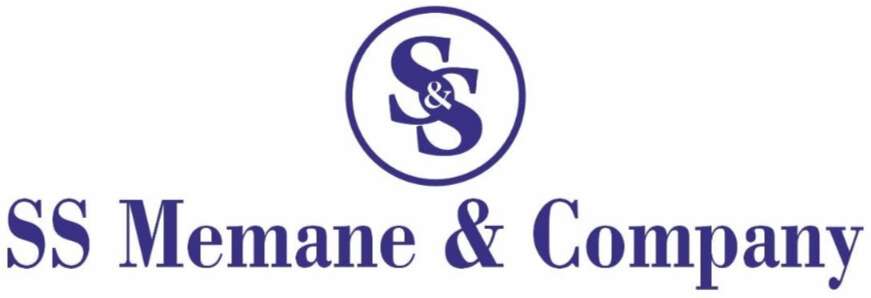Winding Up of Company
Quick Contact
Documents Required
- Board Resolution
- Shareholder Resolution
- Notice of Removal
Winding Up of Company
Winding up (or liquidation) is the process through which a company’s operations are brought to an end, and its assets are distributed to creditors and shareholders. It involves settling all debts and liabilities before formally dissolving the company. The process can be voluntary or compulsory, depending on the circumstances.
Types of Winding Up
Voluntary Winding Up:
Members’ Voluntary Winding Up: Initiated by the company’s members (shareholders) when the company is solvent (able to pay its debts).
Creditors’ Voluntary Winding Up: Initiated when the company is insolvent and cannot pay its debts, but the decision is made by the company’s members.
Compulsory Winding Up:
Initiated by a court order, usually following a petition by a creditor, shareholder, or the government when the company is insolvent or has failed to comply with legal requirements.
Documents Required
Resolution for Winding Up:
For voluntary winding up, a resolution from the members or creditors approving the winding up process.
List of Creditors and Debtors:
A detailed list of the company’s creditors and debtors, including the amounts owed and to whom.
Statement of Affairs:
A statement detailing the company’s assets, liabilities, and other financial information.
Insolvency Petition (for Compulsory Winding Up):
If winding up is by court order, a petition detailing the grounds for insolvency and the request for liquidation.
Form for ROC Filing:
Relevant forms, such as Form STK-2 (for strike off) or Form 204 (for winding up), as required by the Registrar of Companies (ROC).
Final Accounts:
Final financial statements of the company, including profit and loss accounts and balance sheets.
Documents for Payment to Creditors:
Proof of payment or settlement agreements with creditors.
Process
Decision to Wind Up:
Voluntary Winding Up: Pass a special resolution by members (or a resolution by creditors if applicable) to wind up the company. Appoint a liquidator.
Compulsory Winding Up: File a petition with the court for an order of winding up and await the court’s decision.
Appointment of Liquidator:
Appoint a liquidator who will manage the winding-up process, including settling debts and distributing assets.
Notification to Authorities:
Inform the ROC and other relevant authorities about the decision to wind up the company. File necessary forms and documents.
Settlement of Debts:
The liquidator will settle the company’s debts and liabilities using the company’s assets. This includes paying off creditors and addressing any outstanding obligations.
Distribution of Assets:
Distribute any remaining assets to shareholders or members based on their shareholding and legal entitlements.
Final Accounts and Reporting:
Prepare and submit final accounts to the ROC and other authorities. The liquidator will provide a final report on the winding-up process.
Dissolution:
Once all debts are settled and assets distributed, the liquidator will apply to the ROC for the company’s dissolution. The ROC will issue a certificate of dissolution.
Removal from ROC Records:
The company’s name will be removed from the ROC’s records, completing the winding-up process.
Advantages
Closure of Operations: Provides a formal and legal means to close down a company that is no longer viable or operational.
Debt Settlement: Allows for the orderly settlement of the company’s debts and obligations.
Asset Distribution: Ensures that the company’s assets are distributed fairly among creditors and shareholders.
Disadvantages
Complexity: The process can be complex and time-consuming, involving significant administrative work.
Costs: Winding up can incur costs, including fees for legal services, liquidators, and regulatory filings.
Impact on Employees and Stakeholders: Employees may lose their jobs, and stakeholders may face financial losses.
Legal Challenges: There may be legal disputes or challenges during the winding-up process, particularly in cases of insolvency or conflict.
- Copyright 2024 © SS Memane || Designed By || Mr. Sunil Memane


